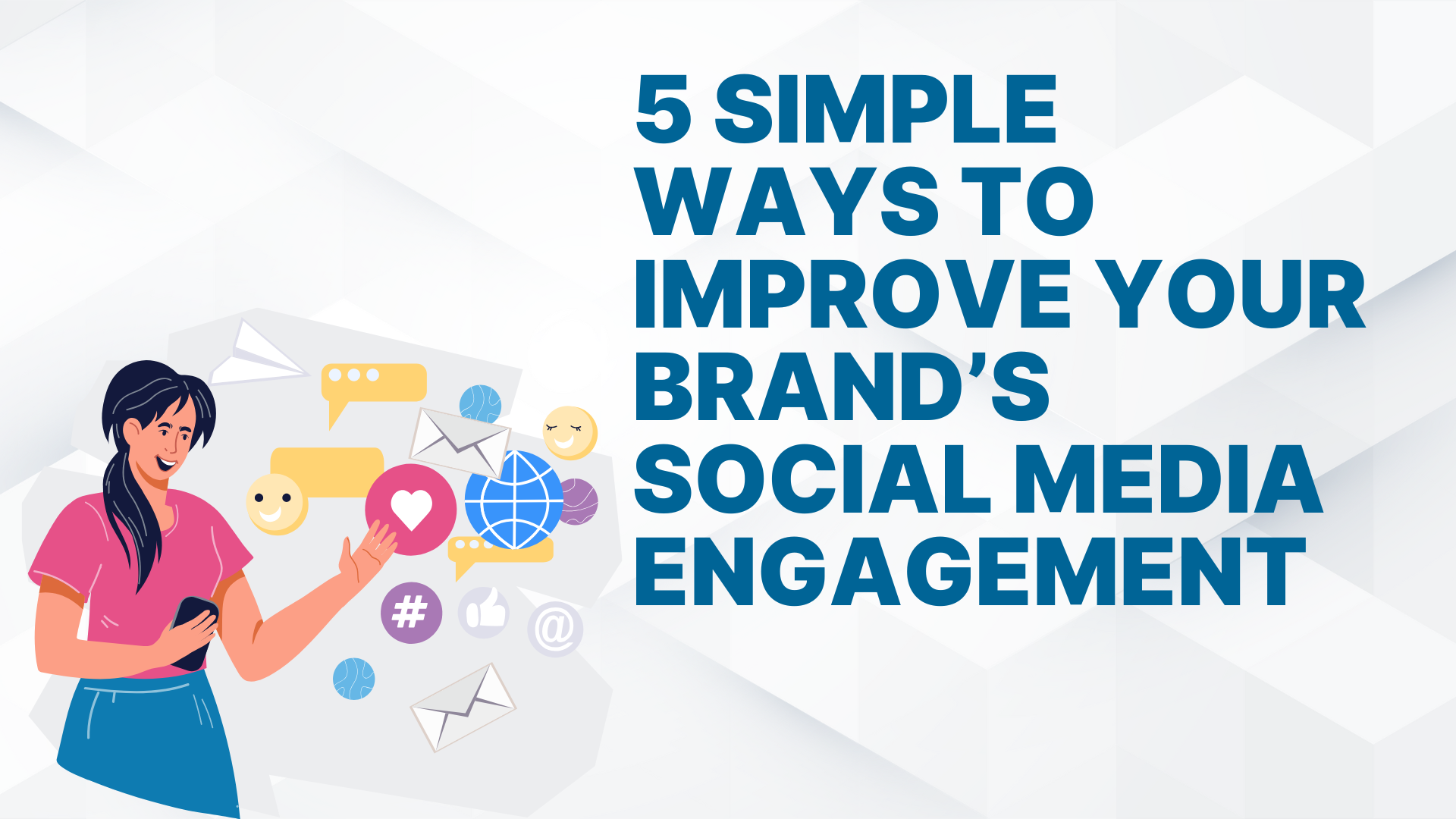Natural Language Processing (NLP) is a subfield of Artificial Intelligence (AI) that focuses on enabling computers to understand, interpret, and generate human language. With the growing reliance on digital communication, NLP has become one of the most transformative technologies in AI. From chatbots and virtual assistants to sentiment analysis and machine translation, NLP powers applications that enhance communication, streamline workflows, and improve decision-making.
This blog explores the latest trends in NLP, particularly for voice and text analysis, shedding light on how AI continues to revolutionize these domains.
1. The Rise of Pre-trained Language Models
One of the most significant advancements in NLP is the development of pre-trained language models such as OpenAI's GPT-4, Google's BERT (Bidirectional Encoder Representations from Transformers), and Meta's LLaMA. These models leverage massive datasets and advanced training techniques to achieve human-like language understanding and generation.
Key Features:
Transfer Learning: Pre-trained models can be fine-tuned for specific tasks, reducing the need for extensive labeled datasets.
Multilingual Capabilities: Many modern models support multiple languages, breaking down linguistic barriers.
Context Awareness: Transformer-based architectures provide better context understanding, enabling tasks like summarization and sentiment analysis.
Applications:
Chatbots and virtual assistants like Siri, Alexa, and Google Assistant.
Automated email categorization and response suggestions.
Content generation and paraphrasing tools.
2. Voice Recognition and Speech-to-Text Technologies
Voice analysis and transcription have witnessed substantial progress due to NLP advancements. Speech-to-text systems are now more accurate, faster, and capable of handling diverse accents and dialects.
Trends in Voice Recognition:
End-to-End Models: Streamlined architectures for improved performance.
Multimodal NLP: Combining audio and visual cues for better interpretation.
Real-Time Processing: Applications in customer service and healthcare for seamless communication.
Key Applications:
Voice-controlled devices and IoT systems.
Meeting transcription services like Otter.ai.
Language learning and pronunciation tools.
3. Sentiment and Emotion Analysis
NLP algorithms now go beyond basic text comprehension to analyze sentiments and emotions embedded in text and speech. Sentiment analysis tools assess customer feedback, social media comments, and reviews to gauge public opinion.
Trends:
Aspect-Based Sentiment Analysis (ABSA): Focuses on identifying sentiment toward specific aspects of a product or service.
Emotion AI: Detects emotions such as happiness, anger, or sadness.
Multimodal Sentiment Analysis: Incorporates visual and voice data to enhance accuracy.
Applications:
Brand monitoring and reputation management.
Employee feedback analysis.
Personalized marketing campaigns.
4. Conversational AI and Chatbots
AI-powered chatbots and virtual assistants have become integral to customer service and business communication. Modern chatbots are equipped with advanced NLP techniques that enable natural, context-aware conversations.
Trends:
AI-Driven Conversational Interfaces: Enhanced user experience through contextual understanding.
Personalization: Adaptive responses based on user behavior and preferences.
Voicebots: Interactive voice-based systems for customer support.
Applications:
Customer support automation in e-commerce and banking.
Healthcare assistants for scheduling and patient queries.
Educational bots for tutoring and answering questions.
5. Multilingual NLP and Translation Tools
Globalization demands efficient communication across languages, fueling advancements in multilingual NLP. Tools like Google Translate and DeepL have improved translation accuracy, enabling cross-cultural interactions.
Trends:
Zero-Shot Translation: Translating languages without prior training data.
Code-Switching Support: Handling mixed-language text inputs.
Domain-Specific Translation: Tailored solutions for legal, medical, and technical content.
Applications:
Multinational businesses and global marketing strategies.
Real-time translation for video conferencing.
Cross-language customer support.
6. NLP in Healthcare
Healthcare applications of NLP have transformed data analysis, patient interaction, and diagnostics.
Trends:
Clinical Text Analysis: Extracting insights from medical records and reports.
Voice Interfaces for Doctors: Hands-free data entry during consultations.
Symptom Checkers and Diagnostic Tools: AI-based chatbots for initial assessments.
Applications:
Electronic health records (EHR) management.
Predictive analytics for early disease detection.
Drug discovery and research.
7. Ethical Challenges in NLP
Despite the numerous advancements, NLP faces ethical challenges related to bias, privacy, and misuse.
Key Concerns:
Bias in AI Models: Models may inherit biases present in training data, leading to unfair or inaccurate outputs.
Data Privacy: Handling sensitive information requires strict compliance with regulations like GDPR.
Misinformation: Generative AI tools can be misused to create fake news and deceptive content.
Solutions:
Implementing fairness-aware algorithms.
Robust anonymization techniques for data handling.
Fact-checking mechanisms to detect misinformation.
8. Future Trends in NLP
The future of NLP looks promising, with ongoing research focusing on creating more human-like AI systems.
Emerging Trends:
Few-Shot and Zero-Shot Learning: Reducing data dependency for model training.
Knowledge Graphs: Enhancing contextual understanding through structured data.
Explainable AI (XAI): Making AI models more transparent and interpretable.
Multimodal NLP: Combining text, image, and audio inputs for richer interactions.
Conclusion
Natural Language Processing continues to redefine human-computer interactions, making voice and text analysis more intuitive and impactful. From enhancing customer experiences to supporting critical industries like healthcare, NLP's applications are vast and growing.
However, as technology advances, it is crucial to address ethical concerns and ensure AI systems are fair, transparent, and aligned with human values. With ongoing innovation and research, NLP is set to play an even greater role in shaping the future of AI-driven communication.

















Post Comments